Add tranquility to your indoor space with this list of indoor plants and tips on keeping them alive.
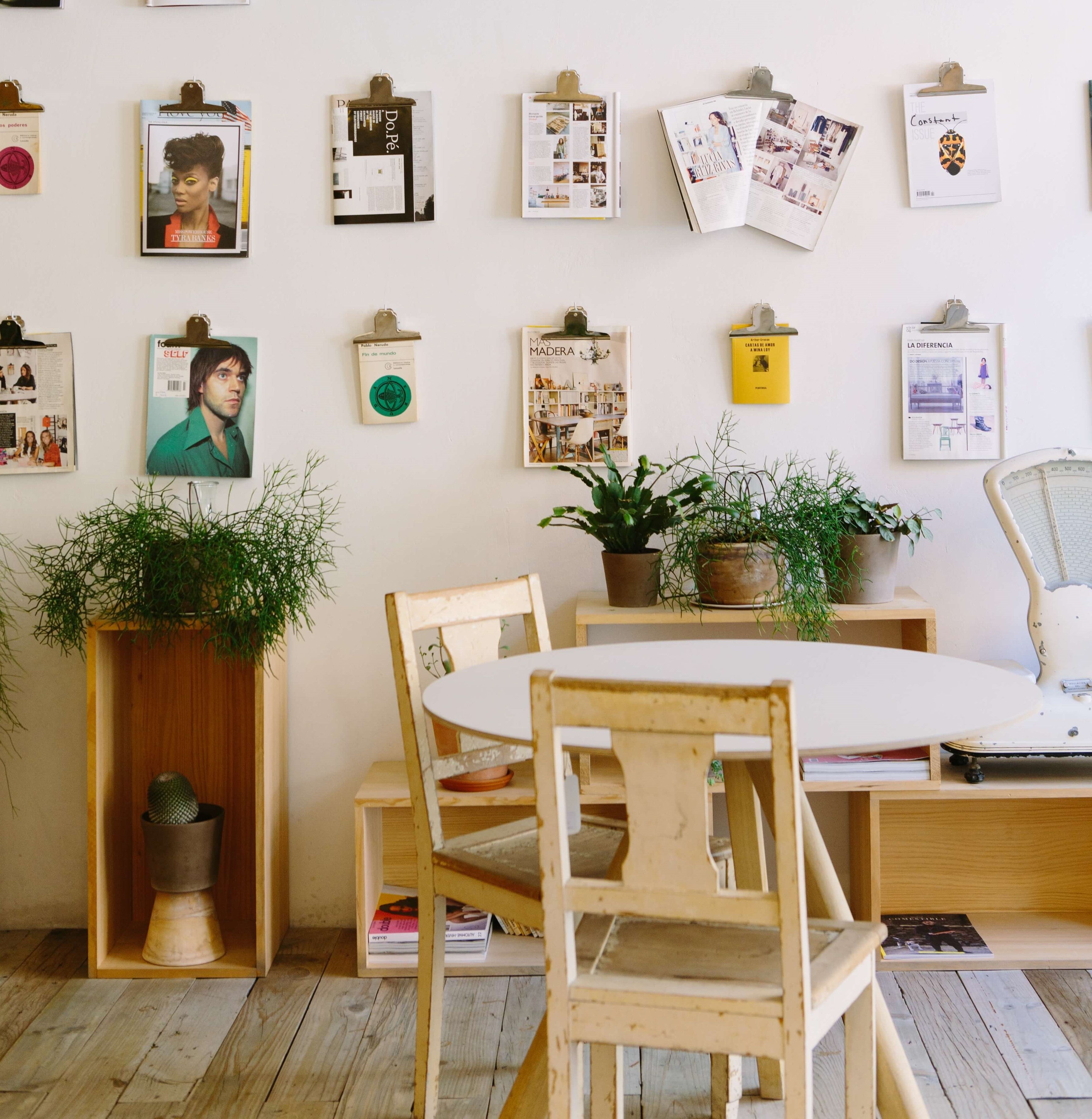
When you look around your home and realize there is something missing, what’s the first thing that comes to mind? Pictures on the walls? More furniture? I have an idea… how about some house plants? You know, those green things! To spruce things up, a few house plants can make a big difference.
“Plants are the lungs of the earth; they produce the oxygen that makes life possible. House plants can perform these essential functions in your home with the same efficiency as a rainforest in our biosphere.” As quoted by Dr. Bill Wolverton, who wrote the book How to Grow Fresh Air.
So, if you’re just beginning your adventure into gardening, already have a green thumb, or maybe you’re a plant killer like me - we’ve made it easy for you to add some green to your indoor space!
How do plants clean the air?
Glad you asked! Through the process of photosynthesis indoor plants are able to remove volatile organic chemicals (VOCs) and carbon dioxide from the air and replace them with oxygen. VOCs are a large group of chemicals that are found in many products we use to build and maintain our homes. Plants help to remove these VOCs and provide clean, pure air for us to breathe.
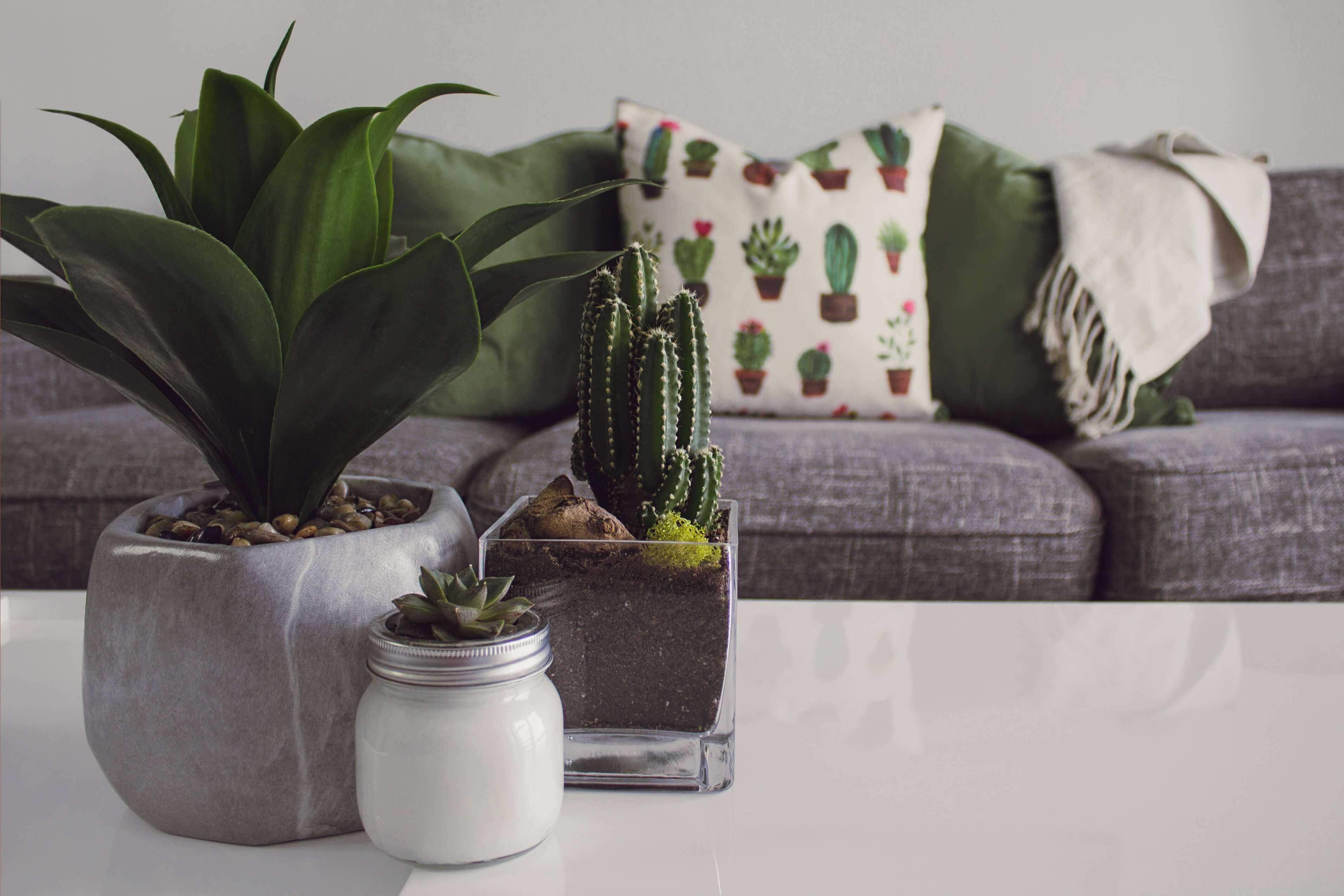
House Plants Bring Tranquility
Not only do plants clean our air, but they can reduce stress just by being in our homes and offices. We begin to generally feel happier and more optimistic while being surrounded by nature. You’ll notice while you garden and start your oasis a more soothing environment, which can in-turn increase happy feelings! It reminds us of our connection to nature and helps us keep focused on the bigger picture. You see flowers evoke positive emotions!! All of this can help alleviate symptoms of depression, not to mention the physical aspect of gardening releases feel-good chemicals in the brain such as serotonin and dopamine.
Growing Plants with Children
Having house plants is a great way to introduce your children to biology and teach them responsibility. When working together to decide which plants/ flowers to grow and where to place them in your home, is a wonderful way to not only bond with your children, but also introduce and encourage creativity. As they eagerly wait for their plant to grow, they will learn the responsibility of watering consistently and the consequences of not taking care of their plant. They can start to form their own hypothesis on how much sunlight and water is needed and from observation make adjustments to their care routine. They are learning about photosynthesis without even realizing it!

How to Decorate with Plants
Integrating plants into your home in a harmonious way is an art form that’s not hard to master. If you follow a few ground rules, you’ll be sure to get the style just right! Different colors can create different effects, but you want to try to choose colors that go well with your furnishings, like your rugs and window treatments. You can use your plants to create an exciting contrast in your home, for example, a plant with bright red flowers would pair well with darker furniture. However, for an understated look, you would want to choose a pastel color (which will fit into almost every living environment). Below is a table that you may find helpful when picking your houseplant.
| Color |
Feeling |
|
Red
|
Invigorating, Powerful, Fiery, Stimulating, Warm |
| Yellow |
Festive, Cheerful, Brightening, Warm, Exhilarating |
| Blue |
Fresh, Calming, Cool, Relaxing |
| Violet |
Soothing, Gentle, Cool |
| Pink |
Gentle, Friendly, Brightening, Playful, Peaceful |
| White |
Light, Brightening, Calming, Neutral, Cool, Fresh |
| Green |
Soothing, Balancing, Natural, Gentle, Friendly |
Plant Pet Care
Unfortunately, some of these beautiful plants may turn out to cause issues for your four-legged friends, which is why it’s so important to be mindful and do your research before bringing any new plant into your home. Don’t fret – we’ve indicated which plants you should steer clear of on our list.
7 Indoor Plants that will Clean Indoor Air
1. Money Tree

 |
|
 |
- Prefer bright, indirect light with moderate-to-high humidity
|
 |
- Water thoroughly, until water flows out of drainage holes of the pot (pour out excess water from tray, so the roots don’t sit in water as sitting water can lead to root rot)
- Let soil dry out between watering
|
 |
- Sandy, peat-moss-based soil and a pot with drainage holes
|
 |
- Due to its air purifying qualities’ the money tree is great for anyone who may have asthma or lung issues
- Said to bring luck and prosperity
- To maintain the shape, or to guide the trunks into a braid yourself, wrap some solid string around the tops of the trunks to bind them together tightly as they grow
|
2. Snake Plant (AKA Mother-in-Laws Tongue)
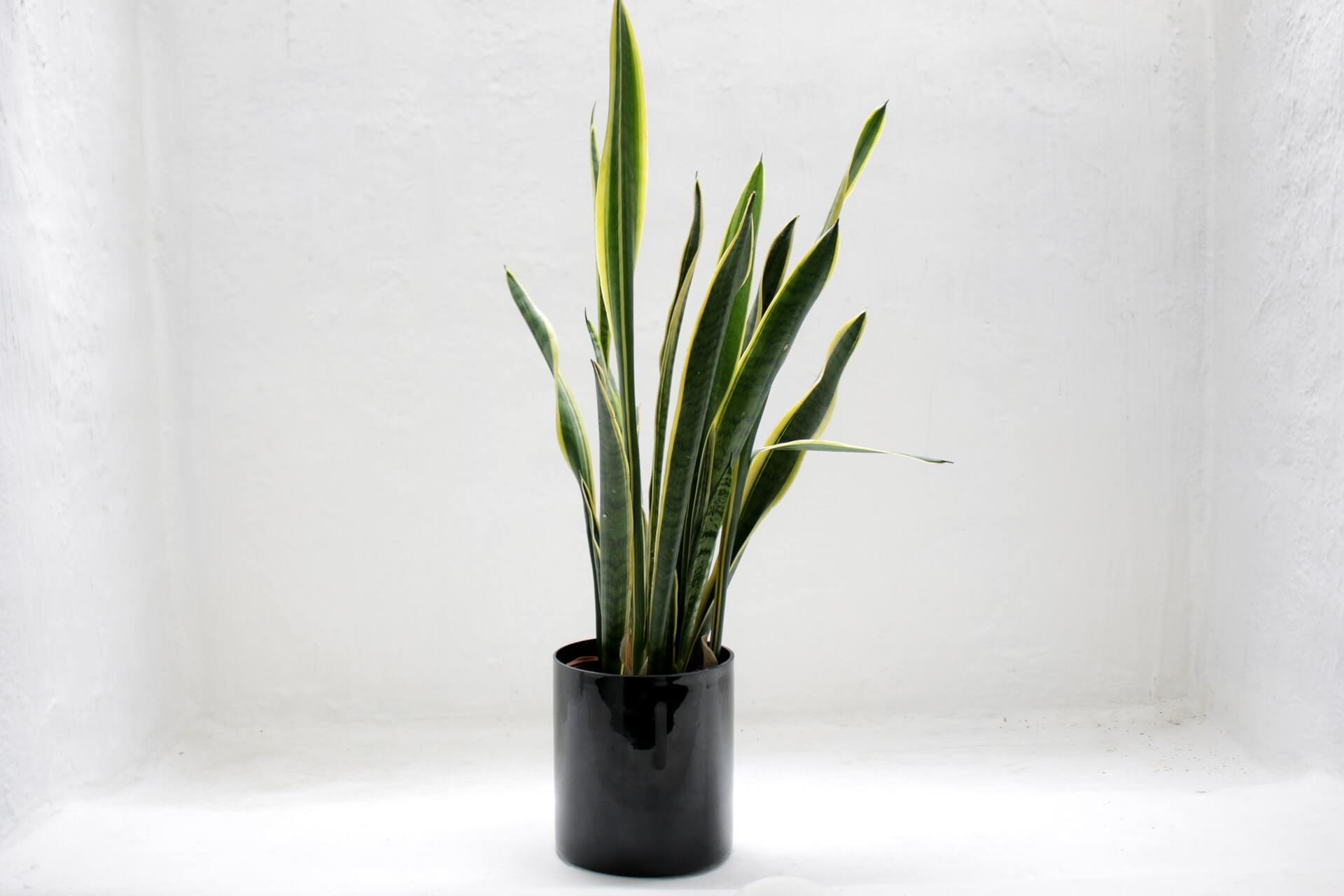
 |
- Low toxicity levels to pets
Toxicity levels are low, it’s still advised to keep pets away. It can cause excessive salivation, pain, nausea, vomiting and diarrhea.
|
 |
- Indirect sunlight is ideal, but it can withstand full sun and low light
|
 |
- Snake plant can easily rot so make sure the soil is well-drained and don’t water too much (especially in winter)
- Allow soil to dry between watering
|
 |
- Does well in sandier soils
|
 |
- Easy to care for – great for beginners!
- Purifies the air and gives off oxygen at night – making it a perfect bedroom plant!
|
3. Spider Plant
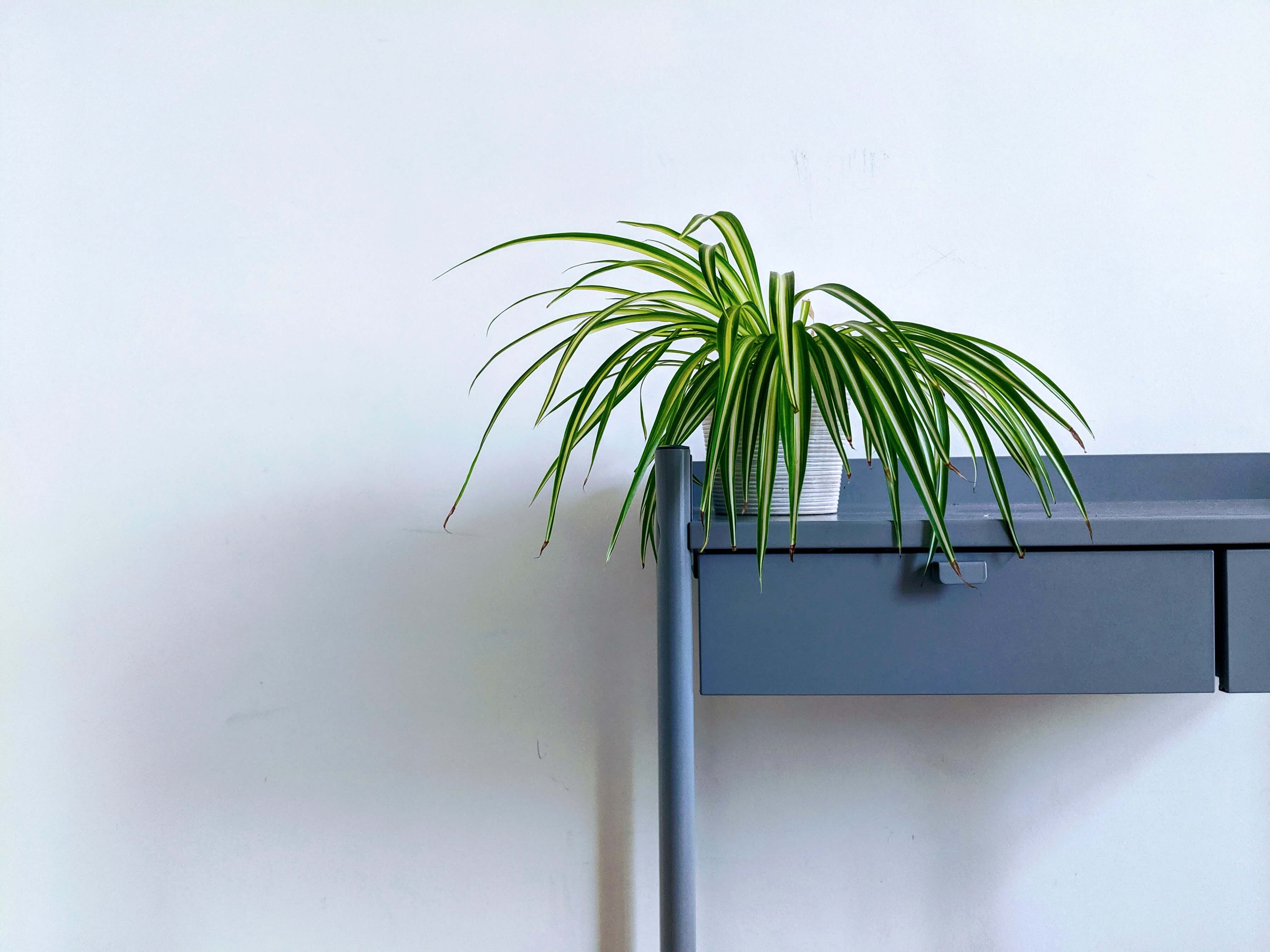
 |
- Low toxicity levels to pets
|
 |
- Prefer bright, but indirect light
- Needs lighting that changes with the seasons - more light in the summer and less in the winter
|
 |
- Water them well, but don’t allow the plants to become soggy, this can lead to root rot
- Prefer to dry out between watering
|
 |
- General purpose free-draining potting soil
|
 |
- Great for newbie gardeners
- Sometimes, certain species of spider plants will cultivate lavish flowers, but once the plant matures it never flowers again
- If your plant isn’t sending out plantlets the following could be the cause: too much or not enough sunlight or being over fertilized
|
4. Succulents
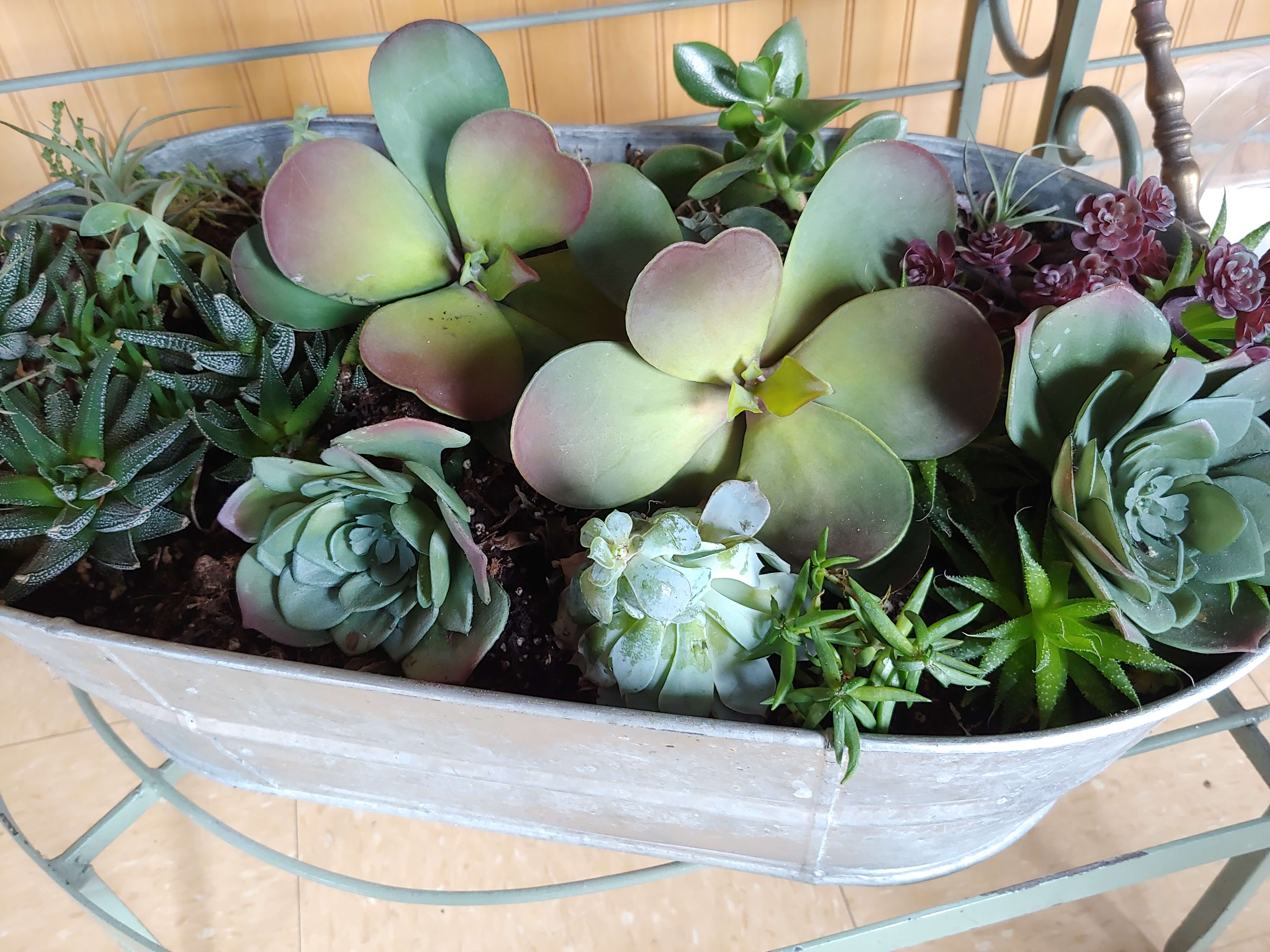
 |
- Some species are non-toxic to pets, like:
- Echeveria species
- Easter and Christmas Cactus
|
 |
- Succulents love light, but newly planted ones will scorch in direct sunlight. So, you should slowly introduce them to full sun exposure or ensure there is shade with a sheer curtain.
- Be sure to rotate your succulent, making sure each side gets sunlight or else only one side may grow, (the side facing the sun) causing it to become lopsided
|
 |
- Be careful to not over water - they store water in its leaves and stems
- During spring and summer, the plants are thriving and drinking up MUCH more water than their resting period during the fall and winter
- Soak the soil until water runs out of the drainage holes, always let soil dry between watering
-
Don’t use a spray bottle to water your succulents, as misting can cause brittle roots and moldy leaves
|
 |
- Succulents need well-draining soil. Cactus soil or mix potting soil with sand, pumice, or perlite.
|
 |
- Keep the leaves/spine clean, as it can pick up dust, which can inhibit their growth (wipe off leaves/spine gently with damp cloth)
|
5. Aloe Vera
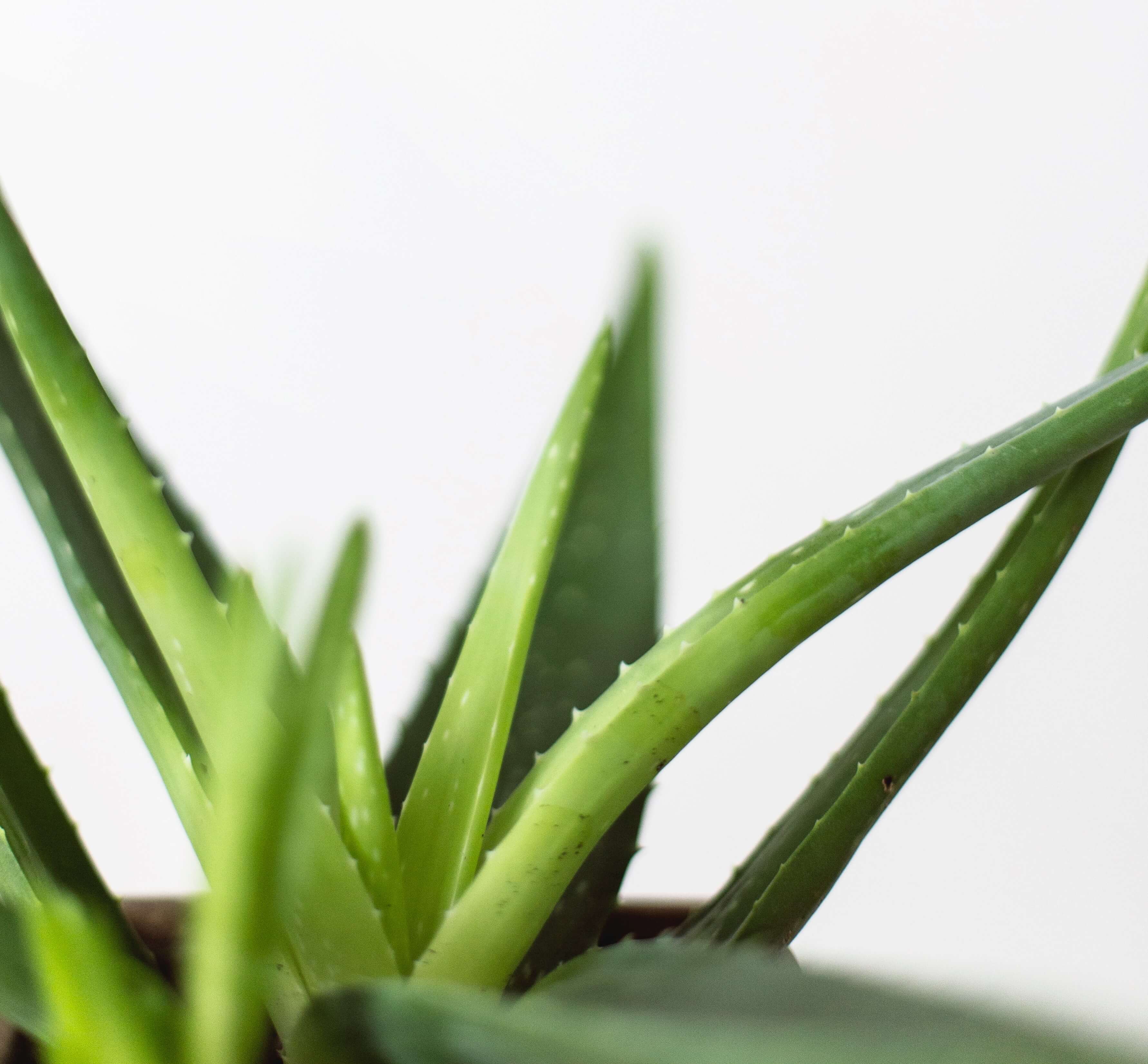
 |
-
Toxic to pets – if you have one be sure to keep out of reach!
|
 |
- Easy to grow indoors, with bright or indirect sunlight (artificial lighting works too), but too much sunlight will turn its leaves yellow
|
 |
- Water deeply, but infrequently. To discourage root rot, allow the soil to dry 1 to 2 inches between watering. Use your finger to test the soils dryness.
|
 |
- This plant is a succulent! So use a well-draining potting mix, such as those made for cacti and succulents.
|
 |
- Mature aloe vera plants occasionally produce a tall flower spike-called an inflorescence-from which dozens of tubular yellow or red blossoms appear (Sadly, it’s rarely achievable with aloe that are kept as houseplants, mainly due to lighting)
|
6. Easter Cactus

 |
|
 |
- They do best in bright natural light with no direct sunlight
|
 |
- Water until soil is moist and allow to dry between watering
- Water more often when in bloom
|
 |
- Use soil made for Succulents and Cactus, due to its natural growing environment, this cactus requires rough soil to grown well in
|
 |
- Flowers are either an intense red color and are produced either singly or in groups of 2 or 3, over a period of several weeks in spring
- It has an unusual property of removing carbon dioxide and releasing oxygen at night- the opposite of most plants
- Re-pot the plant every 2-5 years about 1-2 months after blooming is finished
- They enjoy being root bound, so if you must replace the soil put them back in the same pot
-
To Bloom: 6-8 weeks before you want your plant to bloom, place the plant where it has 12-14 hours of darkness, best bud set occurs when evening temperatures are 50 degree F. Water sparingly during this time.
|
7. Christmas Cactus
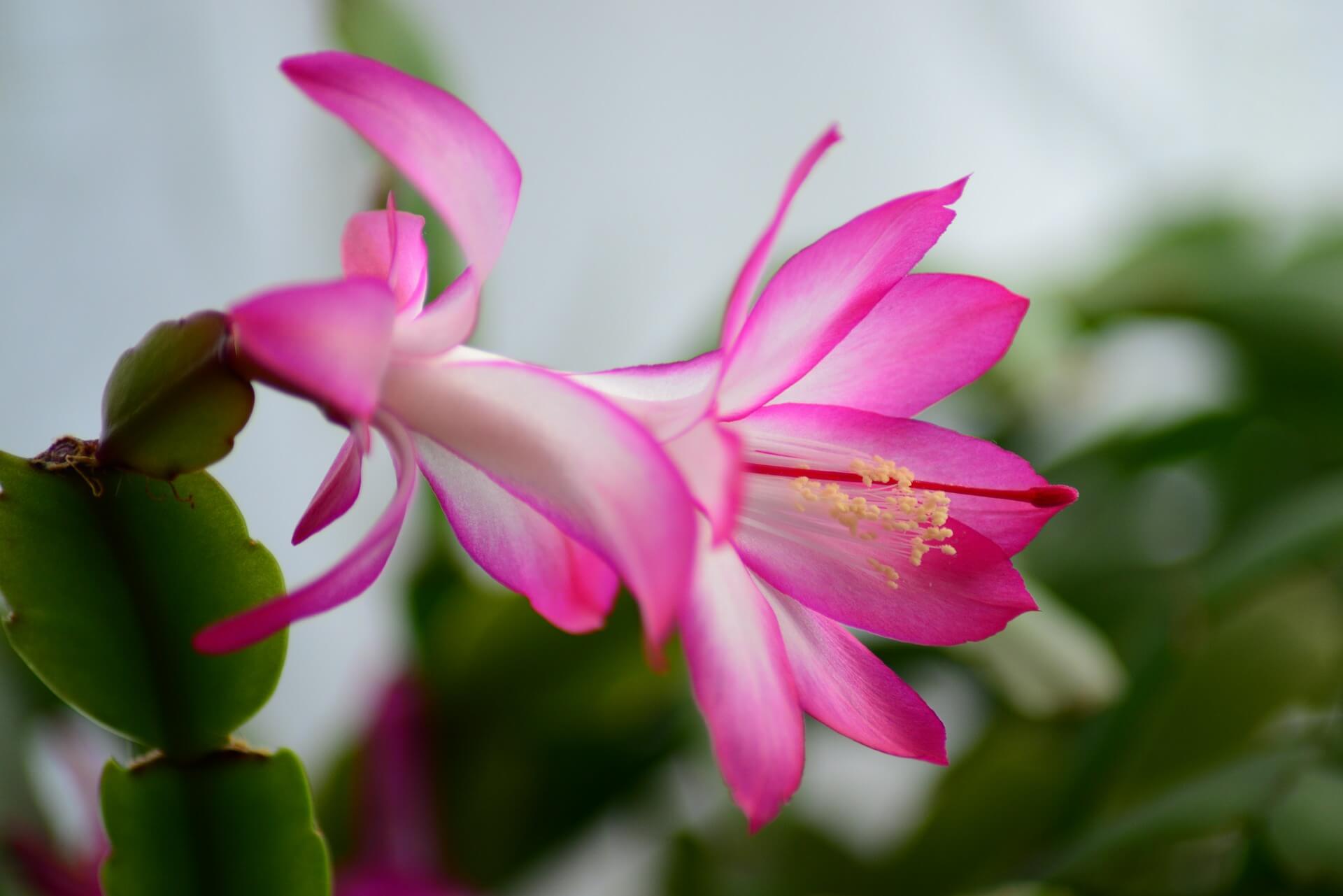
 |
|
 |
- Prefers bright, indirect light. Full sun can cause the leaf segments to turn dark red as the plants begin to burn.
|
 |
- Water once the top inch of soil is dry. Take care not to over water!
- Limp leaves is a sign of over watering
- Water less frequently in the fall and winter months to promote blooming
|
 |
- A lightweight, well-drained potting mixture is critical, so look for a commercial mix for bromeliads or succulents
|
 |
- A very tolerant plant / low maintenance
- Flowers in late December with numerous orchid-like flowers with the color depending on the species and cultivar, they range from white to pink and red to violet
- Prefers to be root bound
-
To Bloom:
- There needs to be at least eight days of 12-16 hours of darkness. (Don’t even turn on a light!)
- Keep your Cactus in a cool temperature, around 60 degree F (avoid any air draft)
- Limit the amount of water the plant receives in October and November
|
Happy Planting,

Jess Dukhnitskiy
Retail Customer Service | Erin Baker's
Find us on
Facebook,
Twitter,
Instagram or leave a Comment
Love this Post? Be sure to subscribe so they come straight to your inbox!















